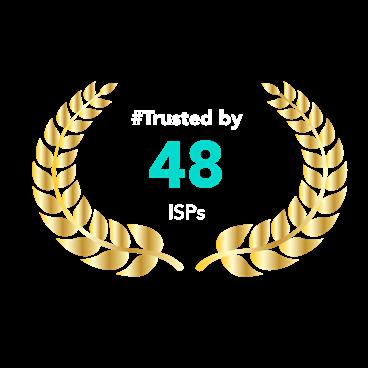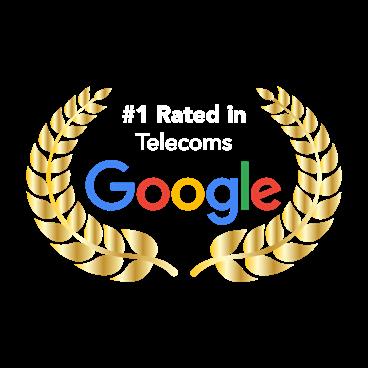
GM - Bradley Bekker



GM - Bradley Bekker



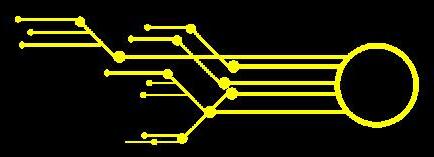
OUR EDUCATIONAL APPROACH TO ROBOTICS & CODING!
There is nothing as annoying as harping around one issue without offering a solution.
The digital migration has been with us for the past 30 years, and all we could do was come up with an array of studies, research packs, problem analysis, explore different options, inquire with different bodies on how we could counter the sudden change. There has been a lot blabbering without solution – someone must act.
This is where Evotel’s creative team jumped on the opportunity to counter the dissemination of misinformation and educate and control our technological receptors of Information and Communication Technology (ICT). This is when we saw an opportunity to assist the Krugersdorp High School with their great initiative of robotics and coding in Gauteng.
Now, this is the future. This is the solution! It is the first step towards countering a problem. And our R50 000 investment has gone a long way in breaking the camel’s back on new ways of learning, as ratified by Government’s Department of Basic Education Gazetting Robotics and Coding, as part of their future curriculum. This was tabled in their assessment policy statement published last year.
We’re a provider of an open-access fibre to the home network infrastructure where we deliver a stable and uncompromised network to all homes – and Krugersdorp High School’s acceptance of our offer left us over the moon.
One may ask: what is Coding and Robotics?
According to the Department of Education’s simplicity on the subject matter, it’s “central to function in a digital and informationdriven world”.
Applying the digital ICT skills and transfer of it will solve our everyday challenges in the development of learners. In the Curriculum and Assessment Policy Statement (CAPS), the subject Coding and Robotics in Foundation Phase (Grades R-3) which has been organised into five study areas – Pattern Recognition, Algorithms and Coding, Robotics Skills, Internet and e-communicating and Application Skills – have been arranged in this way in order to ensure the foundational skills romps victorious. The values and concepts of early childhood development, and of the subjects offered in Grades 4-9, are taught and developed from Grades R-3.
We plan on forging ahead as Evotel to align with technology centric projects, as technocentrism is in line with the 4IR (fourth industrial revolution), and our involvement would help bridge South Africa’s digital divide.
In essence, we are contributing towards guiding and preparing learners to have solutions than harp about them. It has been documented that robotics and coding injects “thinking critically, collaboration and creativity, comfortable functioning in a digital and information-driven world, application of digital and ICT skills” in learners, including those at the tertiary education level. Even for us to exist, we need robotics and coding to run our sophisticated infrastructure and transmit internet services to our clients through fibre optic cables.
Optic cables use light beams to carry data, rather than electrical signals, and they don’t experience interference from electrical storms, effectively weatherproofing them against interference.
Follow us on all our social media platforms for additional content on how to be part of this growing family – we need your comments! 03 05 07 06 09 08 11 10
The Return of Loadshedding.
We take the baton from fallen giants.
Thapelo’s Prayer Moment
Thapelo’s Prayer Moment continued..
Contractor Gallery
Headline article: Drilling Dreams Into Reality
Superstar Spotlight
Why Evotel?

Lest we forget!
Do not rest on your laurels and assume loadshedding is gone forever.
Eskom has a new CEO, Dan Marokane, and he’s also unable to commit that we’ve seen the last of the power cuts when interviewed by eNCA. This is despite having gone months on end without being switched off.
Now, this comes back to you not folding your arms and relaxing – it will be back to reality sooner than you can imagine – be proactive and shake the tree while there’s still time.
Remember, it usually pops up from nowhere, and it’s triggered by almost anything.
Like water is a necessity for life, electricity is necessary for the internet, with which we can’t do much without in this day and age. Communications, banking, shopping, working, playing… everything these days is somehow reliant on the internet to properly function.
Loadshedding or any power outage, for that matter, can have a significant impact on your internet access, and on the fibre network itself – affecting the network’s performance, which can cause increased latency and the speed of your internet connection, network equipment failure and full-on internet outages.
Bradley Bekker, Evotel General Manager, has indicated the importance and value the internet has for our customers: “One thing they (clients) can be sure of is that Evotel has everything to reduce the impact loadshedding has on our network.
“We are ensuring that we have adequate backup power supply to keep their internet connection active through the worst of loadshedding. In short, you will always have access to Evotel’s fibre internet at home unless you don’t have power at your house.”
According to Bekker, the company has batteries, on-site generators and standby generators in close proximity to their network, for when it is needed.
The company is also making sure that all its power cables, connections and equipment are serviced and in good operating condition to curb any power outages that can affect the network up-time.
“Additionally, we closely monitor power supply to identify any potential issues that might arise and take action before these issues become serious problems that will affect the network going down,” Bekker added, as South Africa is still in a state of slumber.
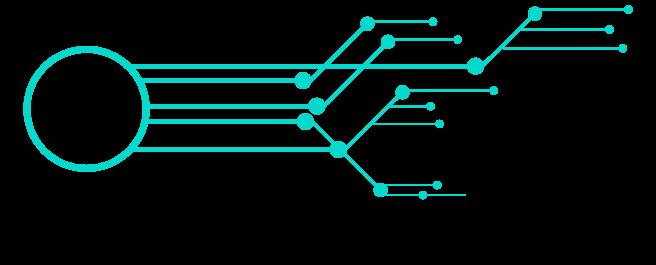
As a user, you simply need to generate enough power at home to run your Optical Network Terminator (ONT) to connect to your ISPs (internet service provider) on the Evotel fibre network and run your router, and of course, any device you use to browse and play on the internet – TV, PC, laptop, mobile phone, etc.
There are many back-up power generating solutions on the market today to be ready for the right moment when someone from MegaWatt Park decides to switch you off. These include UPSs (uninterrupted power supplies), fuel generators and inverters.
However, Bekker reminds us that the amount of power you need and the length of time you need that backup power will determine how much you are going to have to pay for your backup power solution.
A simple standard UPS generates 8000mA (milliamps) per hour and will therefore be able to run a 1200mA ONT for up to seven hours. If you also run a standard router/modem with your ONT, the 8000mA UPS will run those devices for between two and four hours.

This will give you access to the internet during the two to four hour loadshedding sessions, so you’ll be ready for any eventuality.
You simply have to make sure that your laptop or cellphone is charged, or you will need a bigger UPS or generator or inverter to power them up as well.
Bekker also noted that with the loadshedding earmarked to hit at any time, there would be an increased risk of power surges when the power is reinstated. He recommends that you get a lightning strike or power surge protector to prevent possible damage to your ONT.
He explained: “ONTs are prone to get damaged by power surges. If your UPS does not have a built-in surge protector, it would be wise to get one. Even a simple surge protector that won’t set you back too much money that you plug into the wall socket before you plug in the UPS will be sufficient.
“It will protect both your UPS and ONT as well as other devices that are connected when a power surge does occur when loadshedding ends and Eskom switches the power back on.”
From Evotel’s perspective, you can rest assured that you will always have internet access through Evotel’s network during loadshedding.

We live in the era of fibre, but since the advent of the internet in the early 1990’s, there have been various advancements in technology and methods to access the internet. It started with Asymmetric Digital Subscriber Lines (ADSL) later DSL, a technology relying on copper lines. Then we saw internet access granted through much faster and more stable Fibre Optic Cables (Fibre), and as mobile phones and mobile technologies became all the rage mobile internet access came to the fore. Mobile access also developed over time from 2G (second generation) technology to 3G, 4G, and the latest 5G mobile option. There is also satellite internet access, which as its name suggests utilises satellites to connect people to the internet.
ADSL or DSL and Fibre access are also called Fixed Line Technologies because it can only be accessed from a specific physical location where the lines are installed. Fibre’s connection is very stable, but the Wi-Fi connection linking you to the fibre is where the problems can be, due to signal strengths that are influenced by how far you are from the router, limited bandwidth and congested frequencies as well as interferences experienced from the weather.
Each of the above-mentioned internet access solutions all have or had a place at one point in time. All of them also have positive and negative aspects to consider.
If you are always on the move and need internet access wherever you are, the benefit of mobile access is of course self-explanatory. You can be almost anywhere in South Africa and get access to the internet through either 3G or 4G. The 5G technology, however, though currently offering the fastest internet access speeds of up to 20 Gigabits-per-second (Gbps) with an average data rate of 100+ Megabits-per-second (Mbps) is unfortunately scantly available and only in big cities. Of course, all the usual parameters of wireless interference will also be present.
The 5G mobile network is still minute compared to 4G and fibre network coverage. It’s a new mobile technology and the infrastructure is expensive to install. As is usually the case with any new technology rollout, the rich and highly populated areas are always first to gain access to the technology. This means that the major cities, like Johannesburg, Pretoria, Cape Town, Durban and Bloemfontein are the first to have access to 5G. Only then will it be followed by the surrounding areas and then only, much later, will the infrastructure be erected in the provinces and far-flung regions. Again, first in larger towns before reaching more rural settlements, if at all.
ADSL, which is now considered an archaic and very slow connection option and is dying fast, was once the only way to connect to the internet. Not only is it now very slow compared to the other connection options, it also isn’t stable. Because of the rampant theft of copper cables that access to the internet, ADSL is down a lot of the time and the repair and the replacement of copper lines takes a very long time. That is if such repairs are even going to continue in the future. Telkom has indicated that it will be switching off its ADSL network and migrate all of its copper-based infrastructure to fibre.
Fibre networks are more reliable. Fibre contains no copper components, only glass, to transmit data over the line and it has no resale value. This means that there are less instances of fibre lines going down due to cable theft. If, however, there is a fibre cable break, repairs are also done in mere hours, rather than days and weeks or even months.
Depending on your data package, fibre internet speeds range, from 20Mbps to 1Gbps speeds. Lightning fast compared to ADSL speeds of max 24Mbps (download with ADSL2+ on your line) and DSL speeds of up to 400Mbps (download) and 8Mbps (upload). 5G technology can offer internet access speeds of up to 20 Gigabitsper-second (Gbps) with an average data rate of 100+ Megabitsper-second (Mbps). From a speed point of view it sounds like an immediate winner and must have. But speed isn’t everything and there are reasons why 5G is not the best internet access option available today.
For the time being, fibre is the best and most reliable internet access option available to most people. Especially to those living in smaller towns in the regions like Northern KwaZulu Natal, Mpumalanga, the Northern Cape and Limpopo. The faster 5G technology is simply too far off from becoming a reality for areas outside of the major cities. This is due to the lack of expensive infrastructure in these areas, which will still take a couple of years before these outlying, small-town areas are covered. The 5G services are also prohibitively unaffordable to the average man on the street and middle-income households. If you have fibre access already, you should count yourself lucky. Take comfort in the fact that fibre is still here to stay for a long while still.
For the relative broadband speed fibre offers users there isn’t, at present, any other solution that ticks all these boxes and can be described as a viable contender for what you pay and what you get. If you don’t have fibre yet and still use ADSL or DLS services, then it is time to upgrade to fibre without even thinking of 5G. For those of you who are gamers and use high-end video conferencing for business, 5G’s higher latency of 4 milliseconds compared to fibre’s 1 millisecond latency could also pose problems and negatively affect your gaming experience and video conferencing quality.
Overall, fibre’s future is bright. It will continue to be the most popular and widely used type of internet connection for years to come.
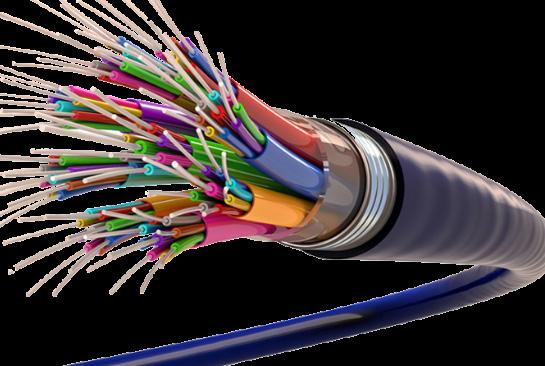

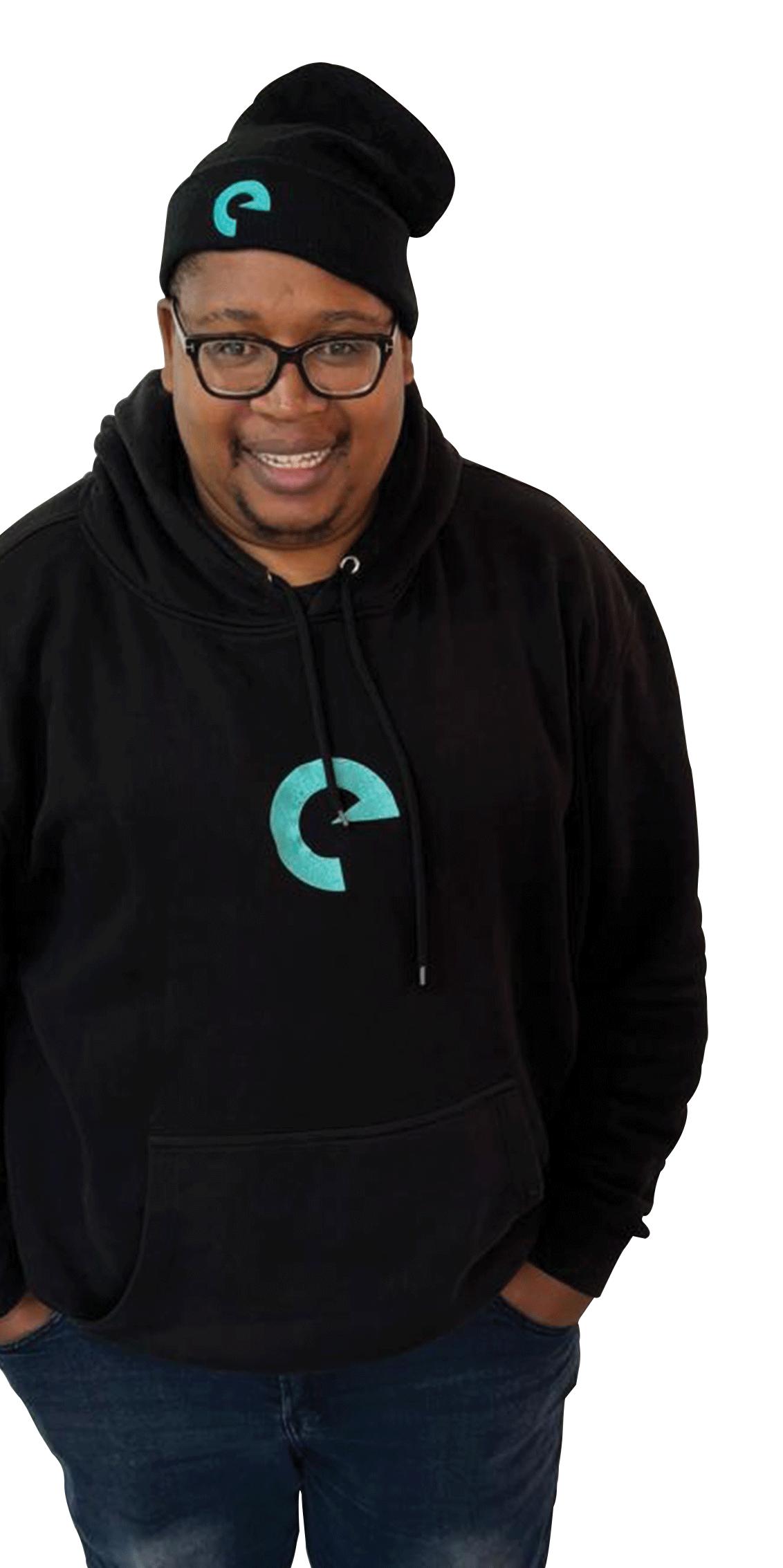
Our Operations Manager, Thapelo Mopailo, takes you through the process of getting connected with the best fibre in South Africa. This step-by-step guide is an exclusive exercise followed by Evotel as part of our client satisfaction installation, involving extensive consultation and consent to ensure a smooth setup.
I begin by meeting with the customer to discuss their needs and assess the installation site. This involves understanding their desired internet plan and the locations for the connection points inside the house. This is the client’s personal site survey.
Next, I check for any limitations based on where the client wants the ONT installed, as there are always Wi-Fi limitations that cause interference, some visible and some not.
Following that, I prepare a clear plan outlining the installation route, equipment needed, and any potential challenges. Before installation commences, we get the site survey document signed.
Installation:
Once the route is agreed upon during the site survey, we begin the installation. I collaborate with the installation team to ensure safety protocols are followed. This might involve setting up cones and signage if working near roads or sidewalks.
The main installation method depends on the property layout. There are three common approaches, depending on the nature of the fibre build:
• Aerial Installation: If possible, we run the fibre optic cable overhead from a gum pole or the highest entry point of the house.
• Underground Installation/Trenched: For a more discreet connection, we carefully trench underground to lay conduits that protect the fibre cable from damage. This trench is typically shallow (around +- 350mm in depth, the size of a spade) and refilled after cable placement.
• Pinned Solution: For situations where trenching isn’t ideal (like driveways or landscaping), we might use direct pinning on the wall, usually for MDU/complexes, so the cable is placed neatly and professionally.
Once the cable reaches the house, a technician carefully drills a small entry hole for the fibre to pass through the exterior wall.
Inside the house, the fibre cable is terminated at a designated point, usually where the customer wants their internet connection to originate in their home. This involves installing an Optical Network Terminal (ONT).
After installation, I meticulously test the fibre connection to ensure it meets signal strength and internet speed requirements. This depends on the type of configuration done, usually on a layer three (3) configuration, as this connection uses the ONT as a router. Once everything is verified, the team cleans up the work area, removes any temporary fixtures, and ensures the customer is satisfied with the installation. I take the client through the installation and work done, check that any accidental drilling is properly closed, and get the job card signed to ensure client satisfaction.

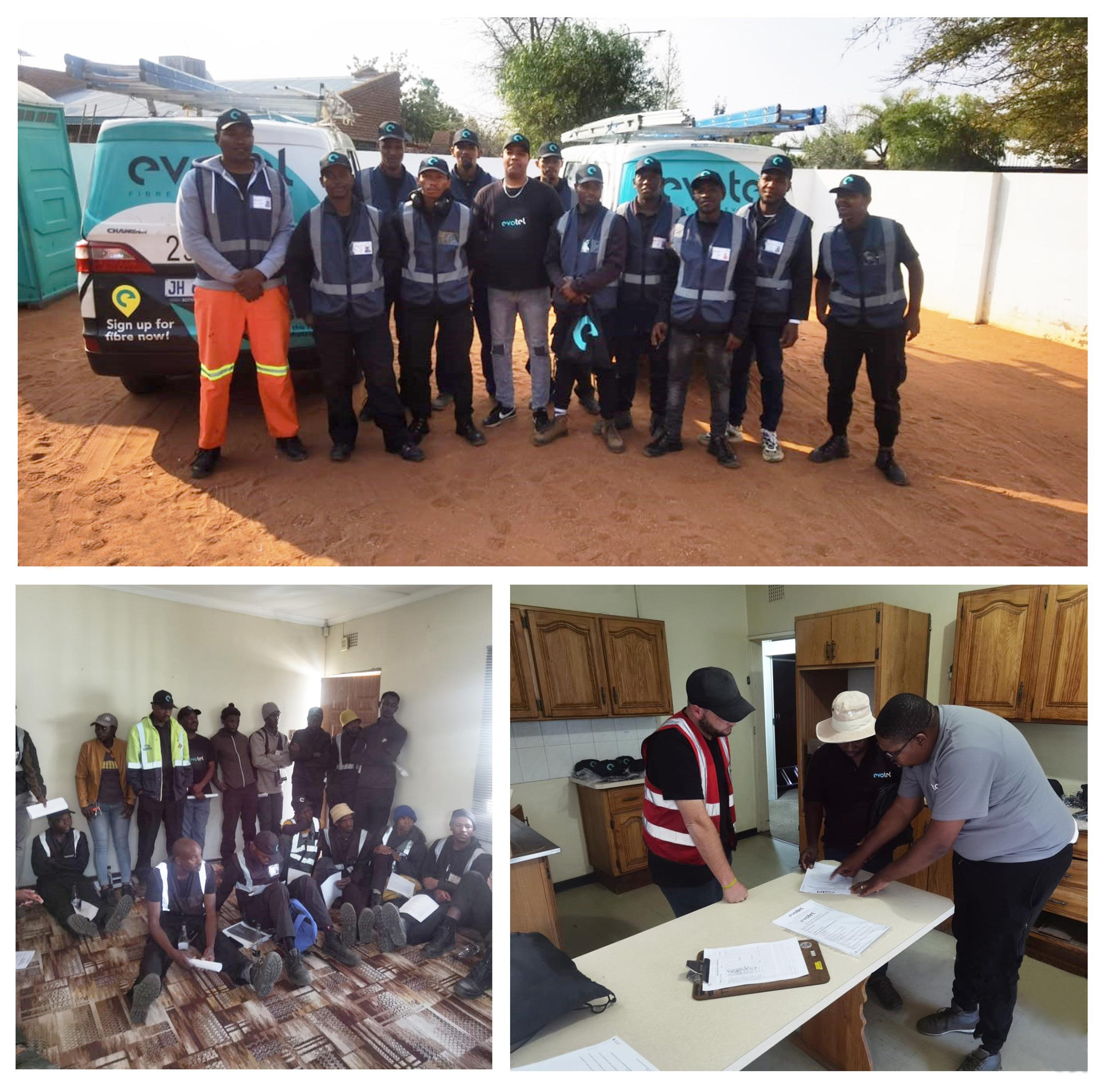
DRILLING REINFORCED CONCRETE WALLS IS CHARLIE’S CALLING!
He is called up frequently by everyone in his team… hmm, it made us wonder.
From the meeting point in Rustenburg, Charlie was a popular name on our lips, as he seems to be the local jack of all trades – everyone is drawing his attention, seeking help from his skill.
And, at some point, you’d think that Charlie can do all the work alone, but he disagrees: “It’s a team effort.”
If he’s not opening trenches, Charlie is drilling walls to turn dreams into reality, as he ensures that infrastructure is all set for internet service providers (ISPs) to connect clients to lightspeed internet services using the Evotel network.
Evotel Marketing was fortunate to be granted an interview with Charlie: “There was a time when we moved slower as an FNO, but now we are moving full speed again. I expect to see more clients for installation soon.” He said while his drill rang on a client’s wall in Geelhoutpark.
The process of setting up a fibre installation takes just under three hours, however after the installation is completed, clients still need to wait for an ISP to activate the line. The time that this takes has drastically reduced.
Charlie told Evotel marketing: “I like to see my clients happy and getting them online fast makes them happy. I work in Rustenburg North and Central, Tlhabane West, Protea Park, Rustenburg Oos Einde, Mountain View and Paballelo.
“I’ve had a steady flow of installations over the past year and I am confident that the these improvements will keep rolling in as the company grows. I believe that Evotel is an FNO that is dedicated to providing clients with a great service experience; an area that many FNO’s disregard leading to poor client service.”
In my opinion despite all the odds, it’s clear to me that Evotel remains the obvious choice for an FNO and I plead that any clients who values quality service should choose Evotel
It goes without saying, Charlie and his team work overtime to ensure they don’t disappoint clients who are anxious to see their internet set up and working.
Evotel’s attempt to revolutionise the industry is by


Mamello’s story is a testament to the power of determination and the pursuit of excellence.
Born and raised in the vibrant city of Johannesburg, her journey began with the MDU field team, where she honed her skills and developed a keen understanding of the industry. Transitioning to the Field Sales teams, she embraced new challenges with vigor, setting the stage for her remarkable achievements in the call center.
Her impressive record of 185 sales in just three months, boasting an 80% conversion rate, is not just a number—it’s a narrative of relentless effort and unwavering focus.
Her simple yet profound mantra, “I want to make myself proud,” reflects a self-motivated spirit that drives her to excel in every endeavor. Juggling the demands of a full-time job and her studies in Social Science, Mamello embodies the essence of dedication.
Her ability to balance these responsibilities while maintaining such high performance is nothing short of extraordinary. It’s this dedication that resonates with her clients, who find her wide smile and bright eyes not just endearing, but also reassuring—a sign of a true professional who cares deeply about her work and the people she serves.
Mamello’s influence extends beyond her immediate circle; she stands as an inspiration to her peers, her community, and to anyone striving to achieve greatness against the odds. Her parting message, “Keep your head down and get stuck in - that’s how you succeed,” is a powerful reminder of the grit and tenacity required to reach one’s goals.
It’s a call to action for all of us to embrace hard work, to remain steadfast in our pursuits, and to find that inner drive that propels us forward. Mamello’s journey is a beacon of hope, showing that with passion and perseverance, success is within reach.
Her story is not just about sales; it’s about the human spirit’s capacity to thrive amidst challenges and to emerge victorious, armed with a wide smile and the satisfaction of a job well done.
Mamello, the star that she is, shines brightly, illuminating the path for others to follow.

Well done, Mamello!


• 45-Second Average Call Center Wait Time.
• 97% Average Network Uptime.
• 100% Human Assistance
• 4.1 / 5 Stars for Service on HelloPeter
• 24h average issue resolution time.





